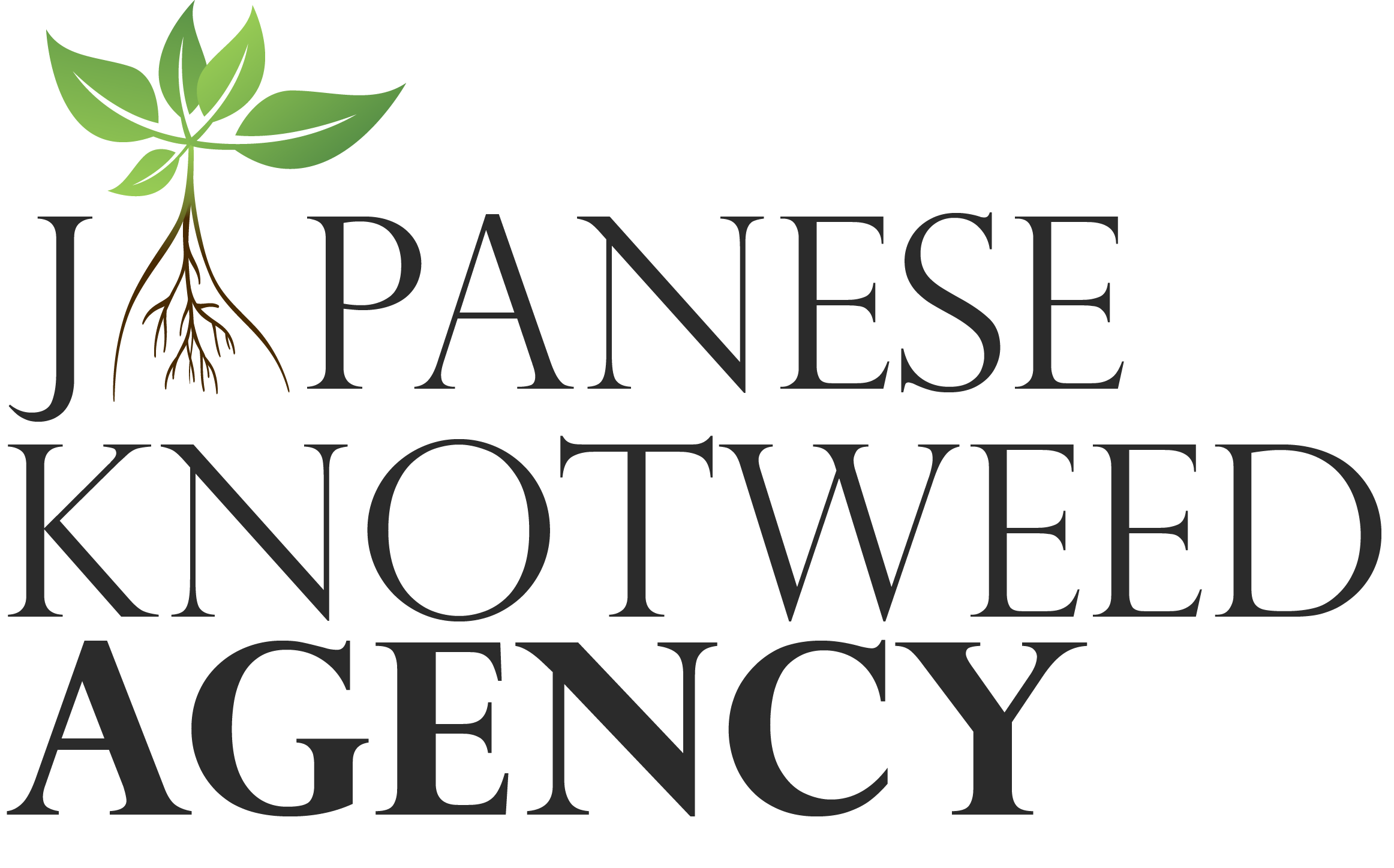Japanese Knotweed FAQ’s
Japanese knotweed (Fallopia japonica) is the UK’s most invasive non-native plant, and was brought into the country by our horticultural ancestors in the 1820s. As its name suggests it originates from Japan, having evolved on the sides of volcanoes. It grows rapidly, with new shoots appearing in spring and growing to approx 3m high by June. It has pretty white flowers in the summer. In autumn the above-ground part of the plant dies back, leaving brittle canes left standing over the winter period. More vigorous stems will appear the following year, gradually spreading to larger areas. All plants in the UK are female, so the seeds in the flower are not pollinated. All new outbreaks of knotweed result from fragments of viable rhizome, that may be spread within soils being moved from site to site, by fly-tipping, by natural processes such as river bank erosion, or by animal movement. There are hybrid varieties of Japanese knotweed, notably Giant knotweed, which has larger leaves and generally taller plants. It is not as invasive as Japanese knotweed but has the same legal status and treatment methods. More on what is Japanese knotweed.

